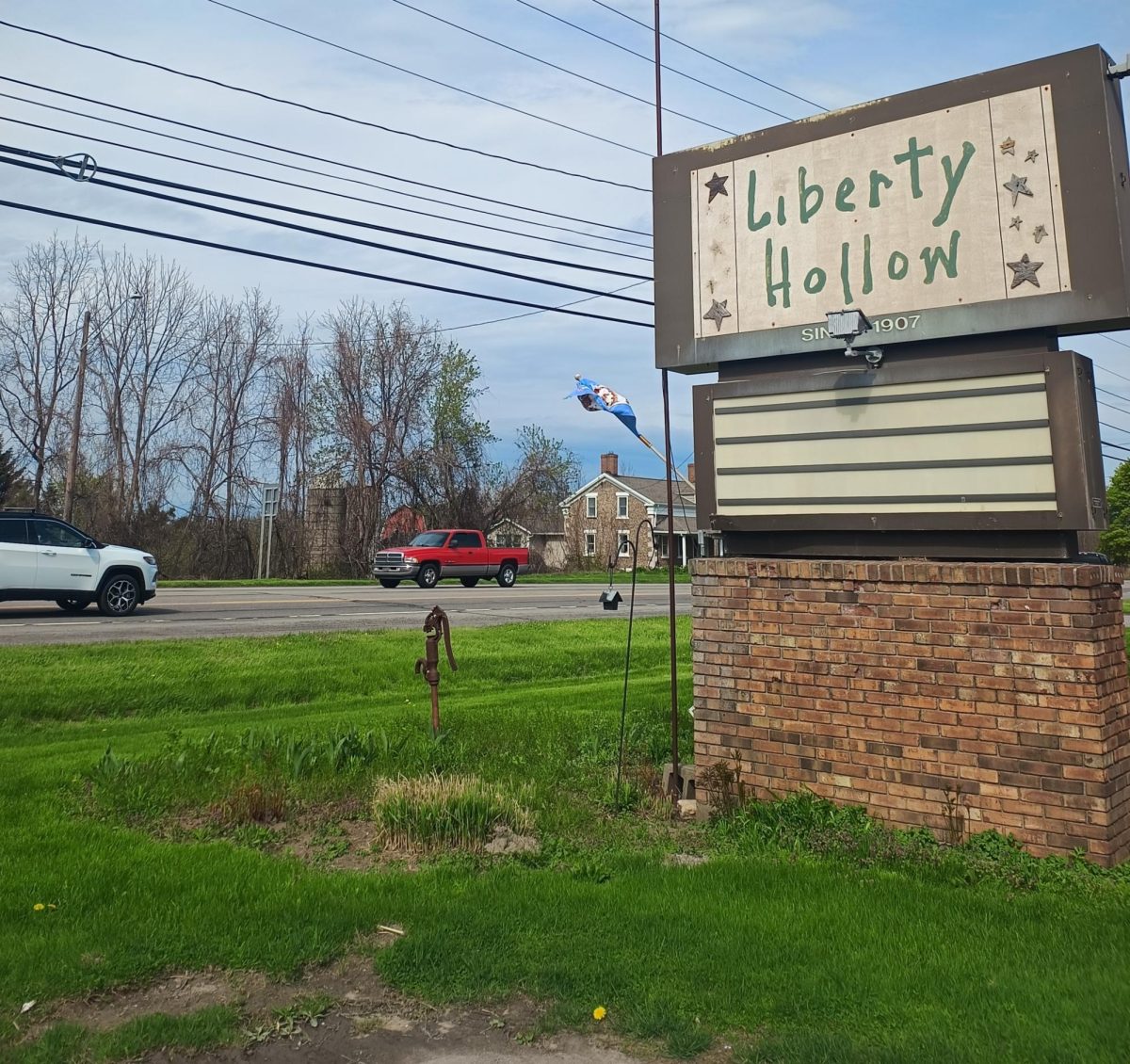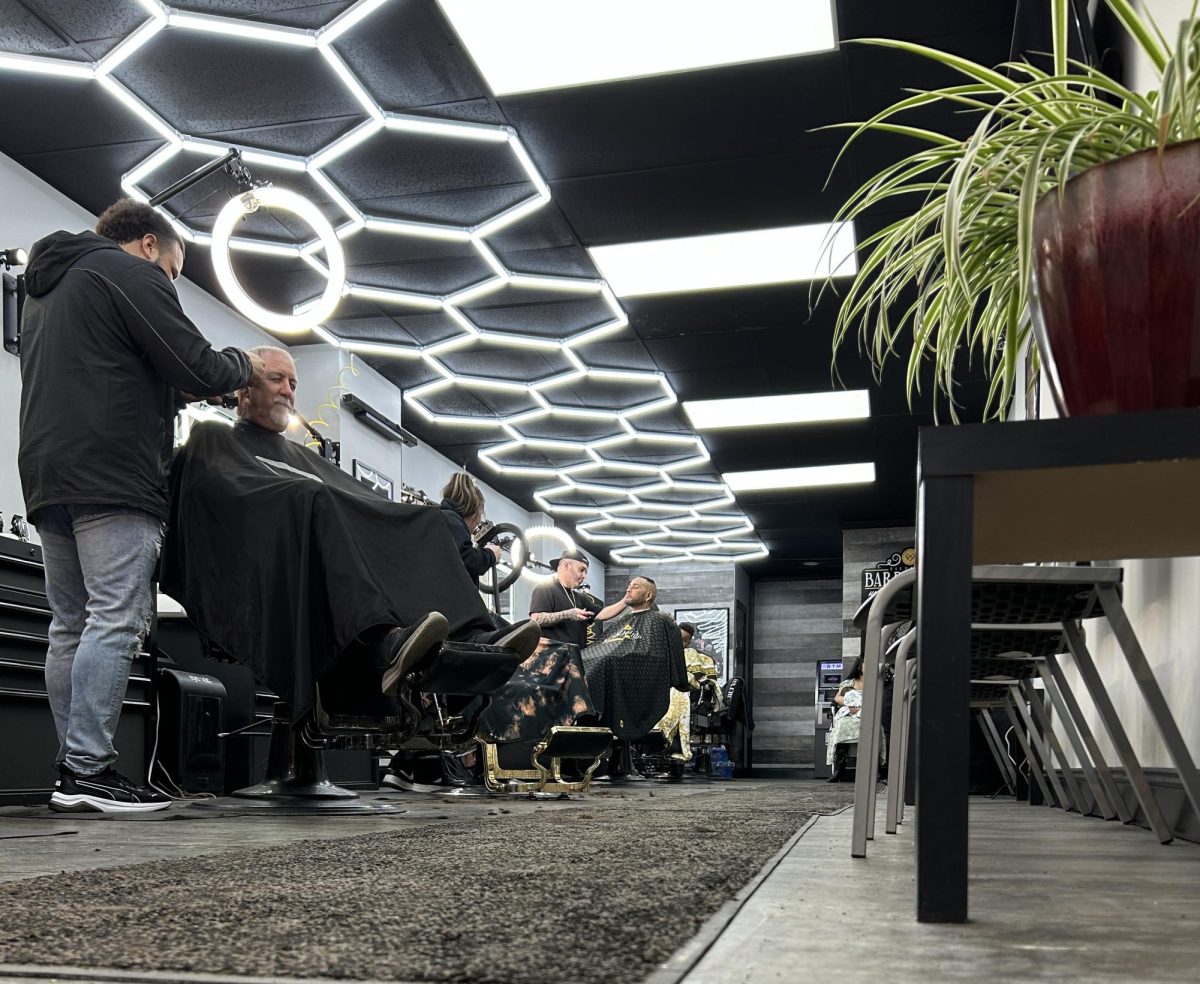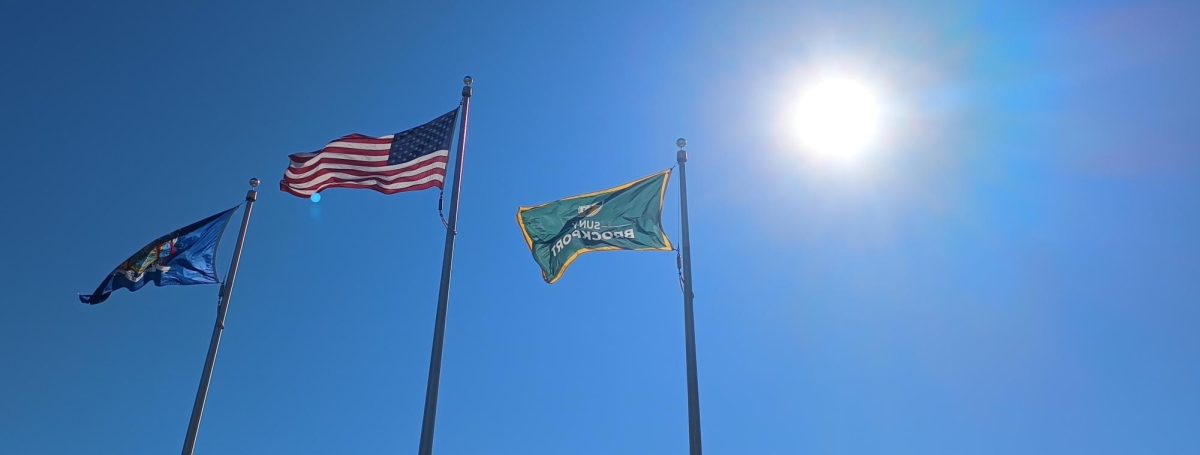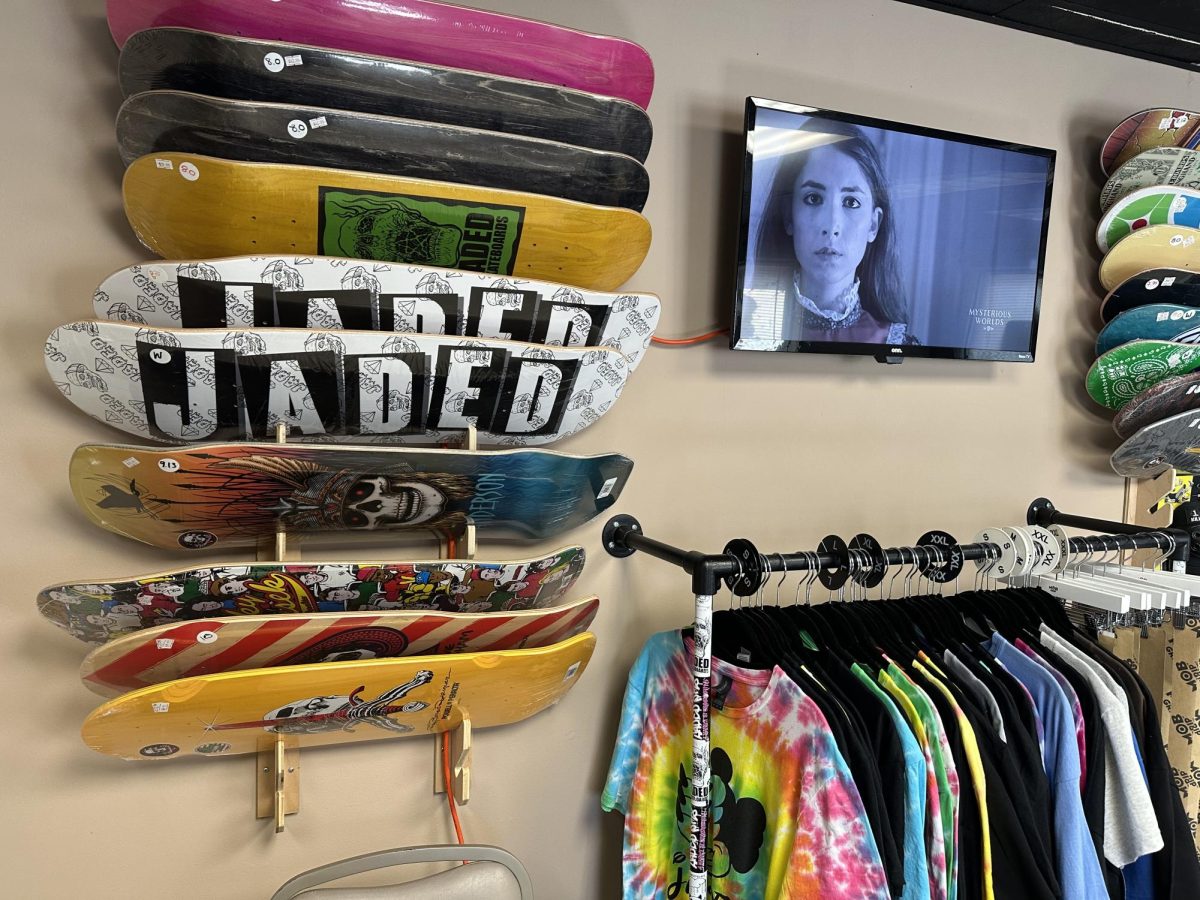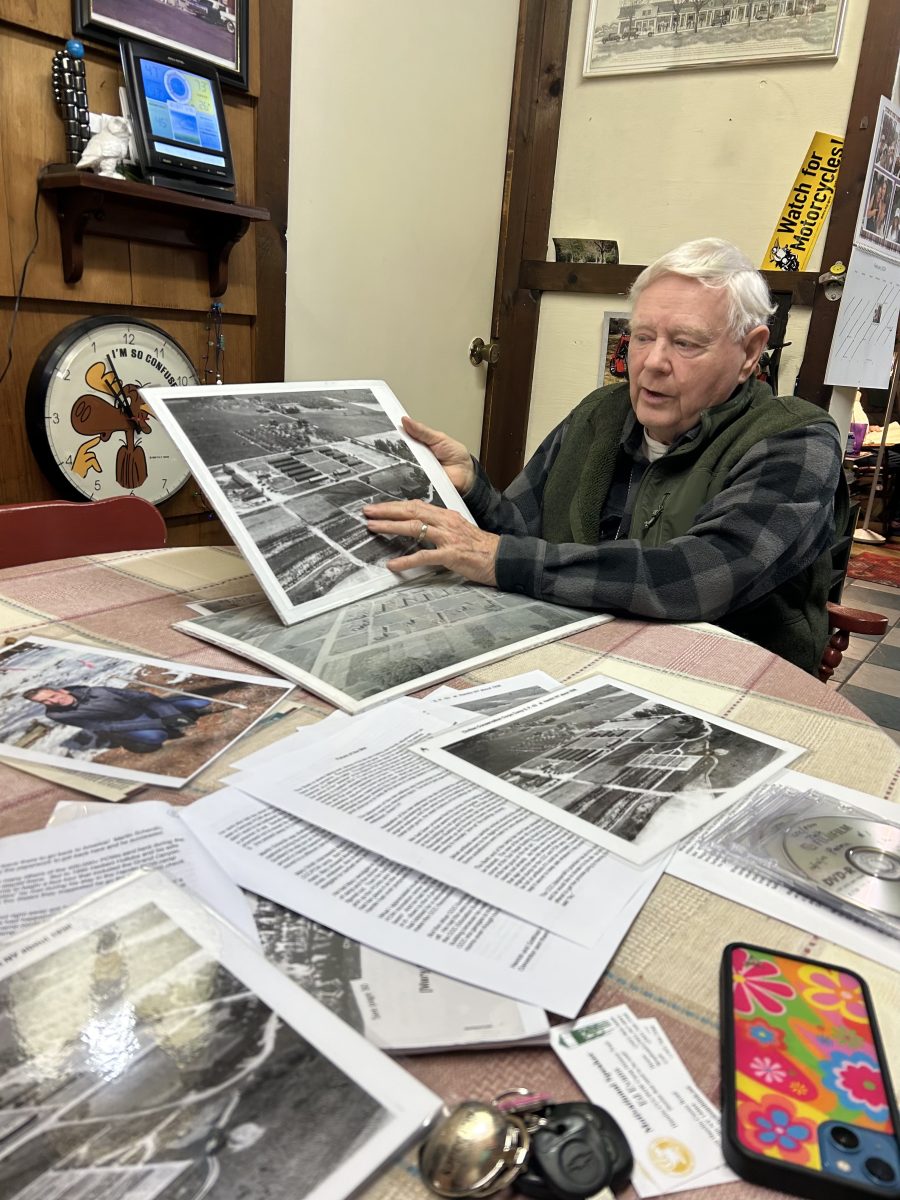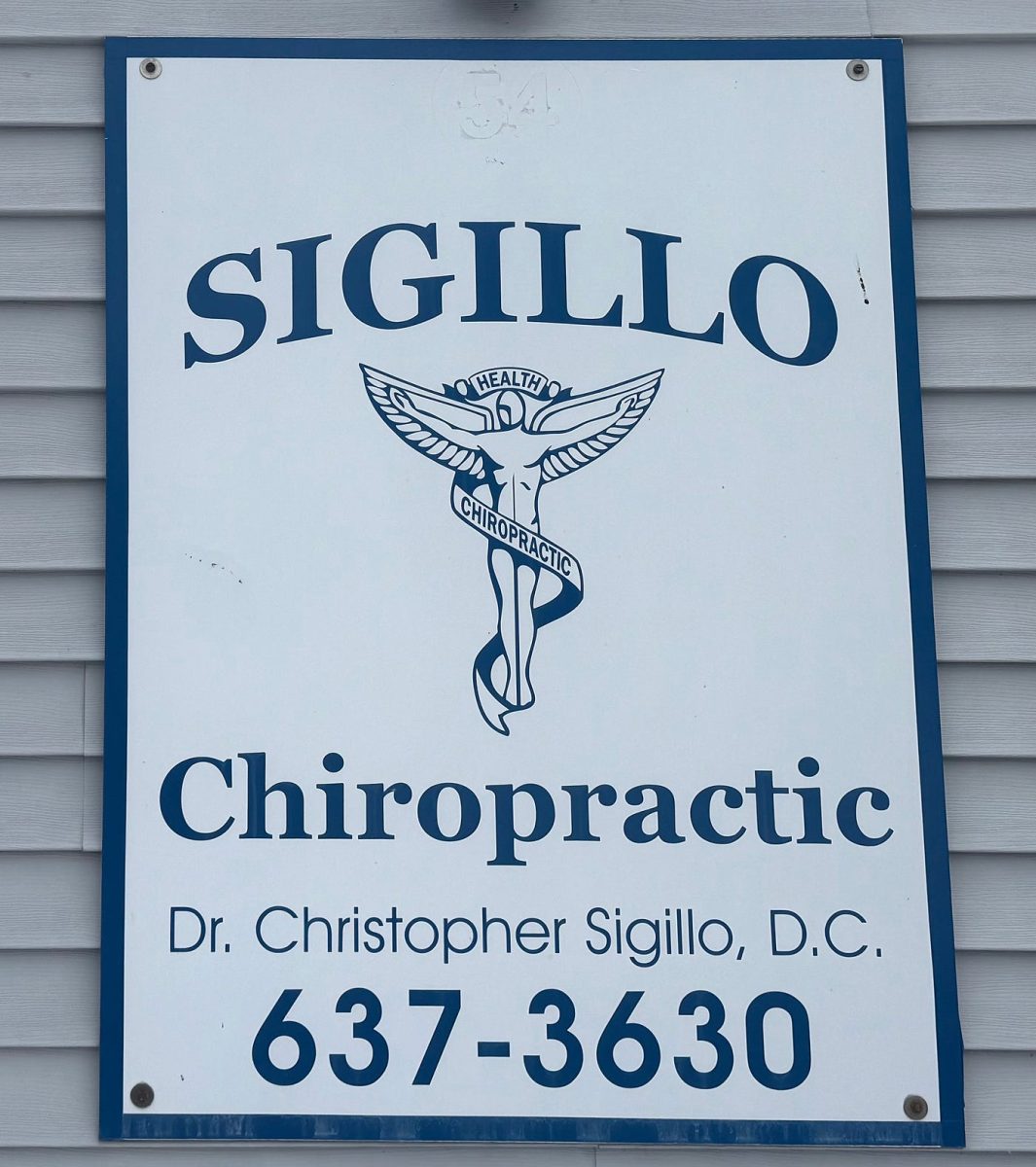Depression, irritability and low levels of vitamin D are all symptoms of the widespread problem known as seasonal affective disorder (SAD).
A 25-year-old Graduate student, Anna Roztocil majoring in Mathematics has suffered from depression for the majority of her adult life. However, when she started college she noticed increasing symptoms when the seasons started to change.
“Personally I think my eating habits have changed. There’s less fresh produce so I have to make it a priority to try to eat well in the winter. When I’m already feeling down it’s really easy to slip and eat a ton of junk making me feel worse,” Roztocil said.
These habits of craving carbs and sweets are very common amongst individuals who suffer from SAD. This is supported by the research that Judith Wurtman and her husband, MIT Professor Richard Wurtman have done where they reported that overindulging in carbohydrates can help the body produce more serotonin in a shorter period of time.
Symptoms like this can be attributed to the lack of sun that Upstate New York receives during the wintertime. As reported by National Centers for Environmental Information, Rochester, New York receives only 48 % of sunshine, making Rochester one of the 15 cloudiest cities in America.
“My apartment is like a cave with no windows, therefore the amount of time I spend in the sun is minimal simply because I go to work full time throughout the day and school right after. This means by the time I get home it is already dark outside,” Roztocil said.
With this information being brought to the public attention it only seems plausible that a large number of citizens who live in the Upstate New York area suffer from either SAD or some other form of mental health issue.
This is the case for sophomore student Cambrie Eckert who noticed increasing symptoms of depression during the winter months.

“As it starts to get colder out I start to feel more fatigued and lose motivation causing me to care less about my appearance. I also don’t have any motivation to clean my room which ultimately adds to my depression,” Eckert said.
Eckert feels that the combination of vitamin D deficiency along with the absence of physical interaction in 2020 has only increased her seasonal depression.
“After talking to my therapist she stated I needed to be taking a different medication and could benefit from taking vitamins as well. This is why I am now taking 50 mcg of Vitamin D along with 65 mg of Iron to help decrease my symptoms of SAD,” Eckert said.
SAD can drastically affect a person’s daily functions such as the lack of motivation to do schoolwork, disengagement in socialization amongst their friends, and the loss of interest in activities that used to cause enjoyment for this individual.
“In the winter I’m a shy insecure mess who wants to be happy. I’m jealous of my happier, more positive self in the summer,” Eckert said.
The Hazen Center for Integrated Care located on Holley street offers a Health Center for all students at SUNY Brockport who suffer from any form of mental illness.

“The hardest part about SAD is knowing that this is all going to repeat when winter starts,” Eckert said.
The Health Center located in Hazen hall points out that the main difference between major depression disorder (MDD) and SAD is that most people who suffer from SAD, state that their symptoms increase during the wintertime, while other Major depression disorders last year-round.
Julie Pettit is a counselor at The Hazen Center for Integrated Care who can provide students with support for their SAD.
“I try to work with students to make them aware of what seasons trigger their SAD and provide them with advice on how to deal with their SAD. Usually, I recommend students suffering from SAD to purchase a sad lamp if they have the funds,” Pettit said.

Pettit makes it a point that although a sad lamp may help with symptoms of SAD it is most important to speak to those you feel comfortable with to receive help.
“Don’t do it alone whether it’s talking to your friend, significant other, or therapist because those who tend to deny it tend to suffer more. You are not alone so don’t try to be,” Eckert said.
Seasonal Affective Disorder is a widespread problem that no one should have to deal with on their own. Individuals who feel they are suffering from SAD should reach out to a counselor or talk to someone they feel comfortable with about their issues.

